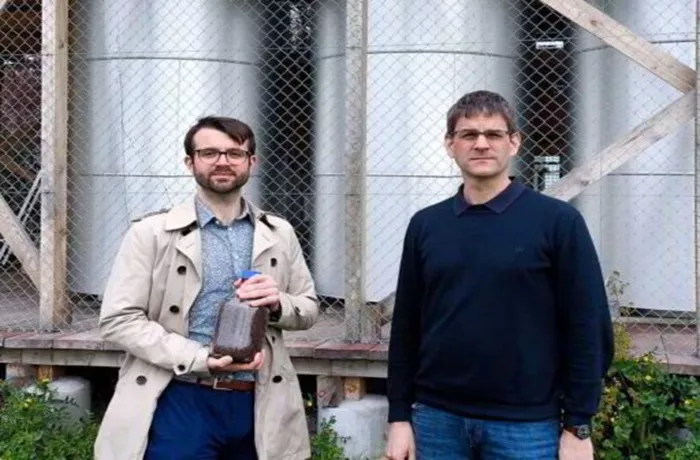Researchers at ETH Zurich are advancing an innovative and economical method for seasonal hydrogen storage by leveraging iron, which could transform the renewable energy landscape.
The technology under development utilizes the natural reaction between hydrogen and iron ore. This process extracts oxygen from the ore, yielding elemental iron and water. This combination is then stored for extended periods with minimal energy loss. When needed, hot steam can reverse the reaction, converting the iron and water back into iron oxide and hydrogen. The regenerated hydrogen can subsequently be used to generate electricity or heat via a gas turbine or fuel cell.
Professor Wendelin Stark, leading the research at ETH Zurich’s Department of Chemistry and Applied Biosciences, likens the process to recharging a battery. He notes, “The major advantage of this technology is the easy procurement of raw materials. Iron ore is readily available in large quantities and requires no preprocessing before entering the reactor.”
The technical feasibility of this method is being tested at a pilot plant on ETH Zurich’s Hönggerberg campus. The plant features three stainless steel reactors, each with a 1.4m³ capacity and filled with 2–3 tons of commercially available iron ore. This setup can store approximately 10MWh of hydrogen for extended periods, which translates into 4-6MWh of electricity—enough to meet the winter electricity needs of three to five Swiss single-family homes.
Currently, the system relies on grid electricity, but researchers are preparing to shift to solar power generated on the Hönggerberg campus. The goal is for the campus to meet 20% of its winter electricity demand by 2026 using its summer solar power. This ambition entails scaling up the system with reactors measuring 2,000m³, capable of storing about 4GWh of green hydrogen, which would then supply around 2GWh of power. Additionally, the discharging process is expected to generate 2GWh of heat, which will be integrated into the campus heating system.
In the pilot phase, the energy required for the discharging process is minimized by utilizing waste heat from the reaction. The technology offers significant advantages over traditional hydrogen storage methods, which require pressurized containers and complex cooling systems. The reactors used in this system are made of 6mm thick stainless steel and operate at normal pressure. They are designed to be reusable for numerous storage cycles, enhancing their efficiency and reducing costs.
This innovative storage method is estimated to be ten times more cost-effective than current technologies. The project is part of ETH Zurich’s Coalition for Green Energy and Storage, which aims to expedite the development of carbon-neutral technologies and CO2 capture solutions. The next step involves establishing an association to connect stakeholders and provide scientific support for the implementation of these groundbreaking projects.
Related topics:
- The Green Surge: UK Survey Highlights Shift Towards Renewable Energy Careers
- Romania’s CHP Plants Set for Green Upgrade with Hydrogen-Ready Engines
- Stihl’s Summer Camp Sparks STEM Interest, Celebrates 10 Years of Innovation

